CELEBRATE
A little discernment in plant choices will see your outside decked out in fabulous fashion
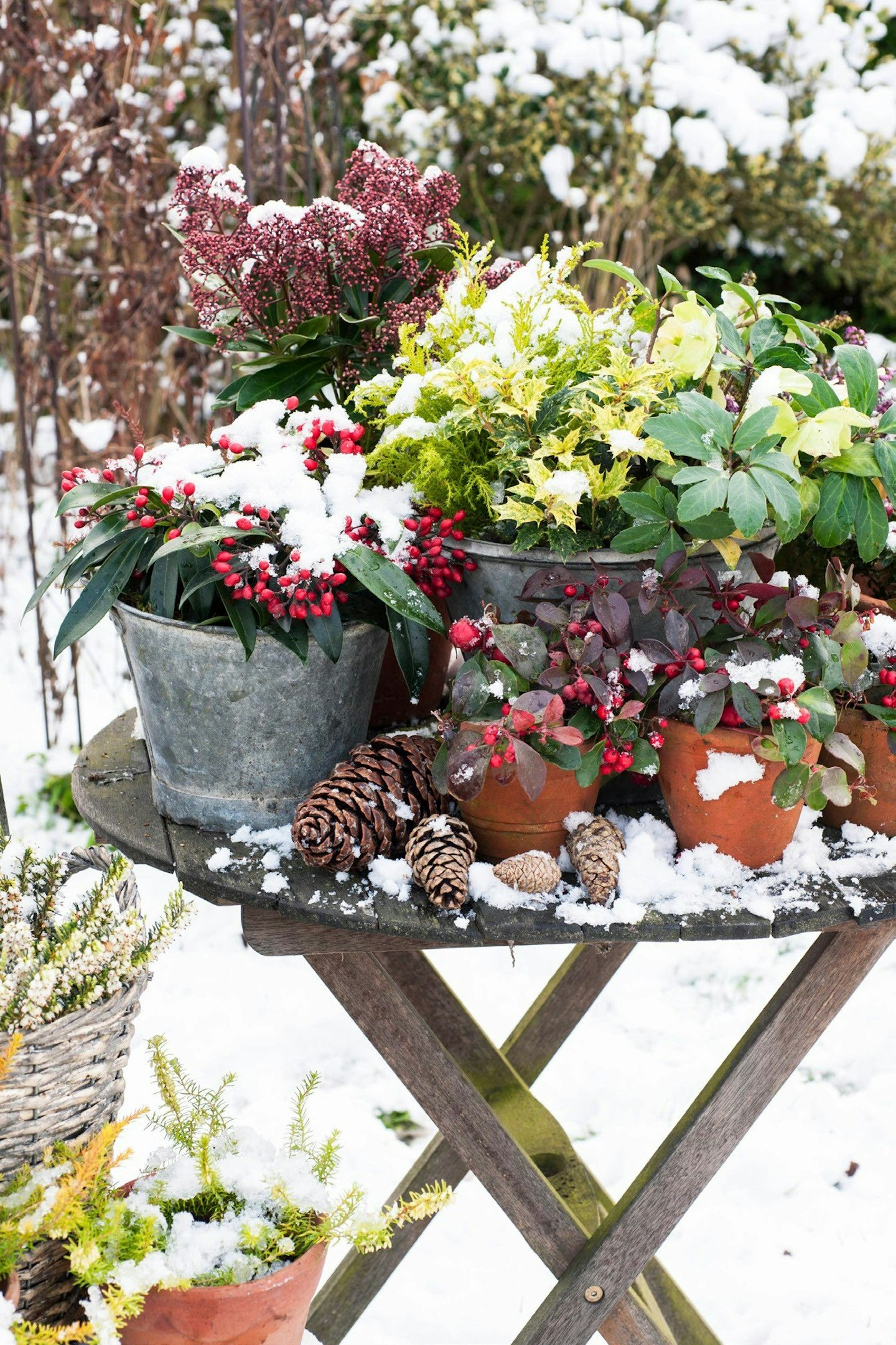
A good garden is a thing of beauty, but perfection takes thought and time, particularly when it comes to winter. As the leaves fall and temperatures dip, things can start looking a little thin and it can be tempting to supplement the scenery with ornaments and decorations. But while filling the gaps with gewgaws and fairy lights may be quick, it is just a temporary fix. For long-lasting good looks and a sustainable and interesting space all year round, some good, old-fashioned gardening is the ultimate solution.
Berries
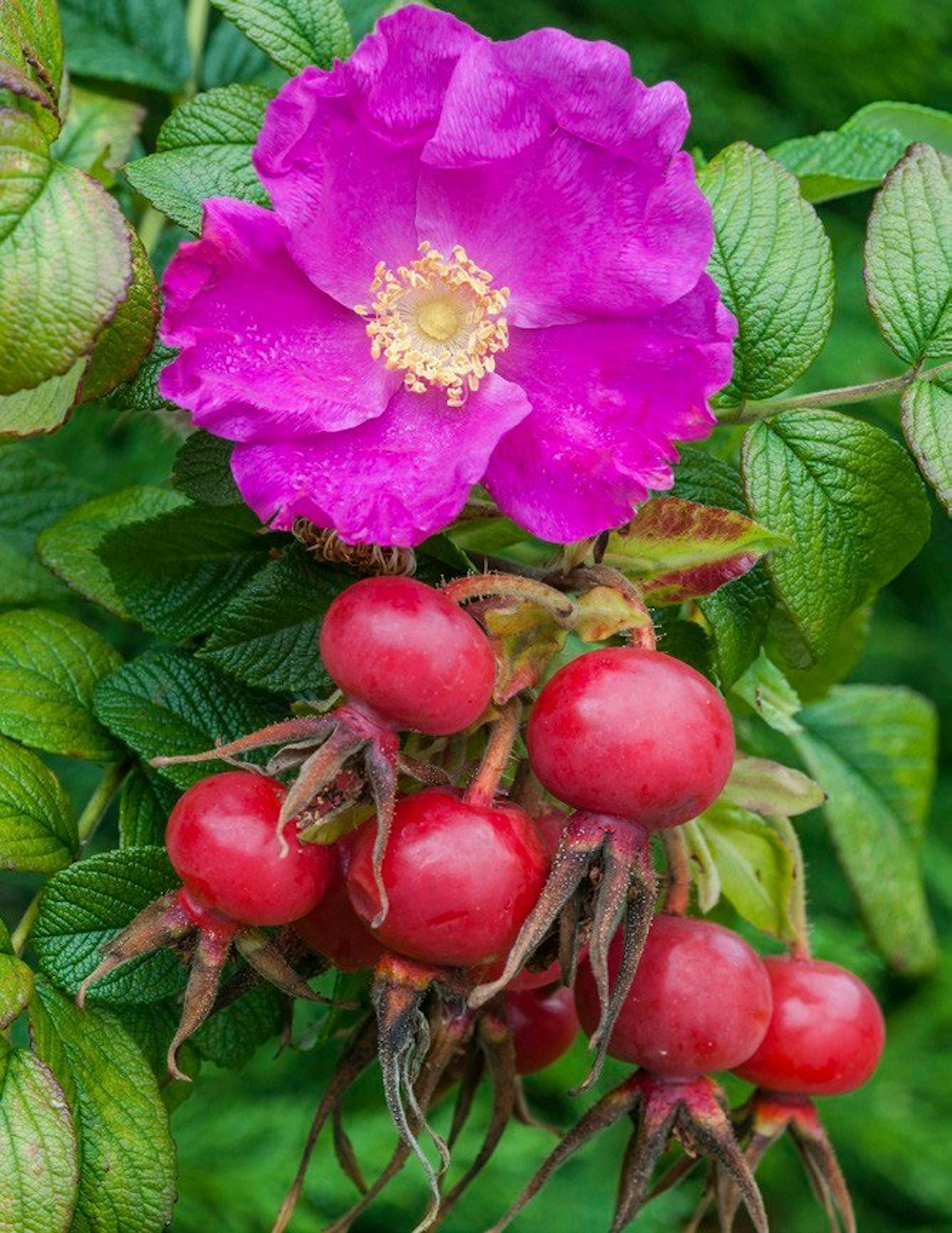
As the festive season approaches, homes are gaily festooned with lights and decorations, but in the garden, nature celebrates sustainably with cheerful baubles of her own.
Roses can be particularly dramatic, and after the flowers have faded some rosehips last for many months, particularly those of native dog roses, climbers, and varieties such as Rosa glauca and Rosa rugosa. Sorbus is a good choice of tree for a smaller space and it produces berries in a rainbow of colours, from red and white to pink or yellow, that last right through until the birds eat them in early winter. For real impact, however, we should look to crab apples such as cultivars of Malus transitoria, Malus ‘Evereste’ and the stellar M. robusta ‘Red Sentinel’, which bears beautiful scarlet fruits that often persist right until early spring.

Holly is the acknowledged star of the season, but we should not allow other plants to be eclipsed – berberis, cotoneaster and pyracantha may be sturdy workhorses, but they also berry up beautifully, while Viburnum davidii has curious pewter blue fruit. Subtle ivy flowers and berries provide food for insects and birds as winter progresses, and while Nandina domestica is often grown for its foliage, the dramatic sprays of red berries contribute attractively to the winter garden.
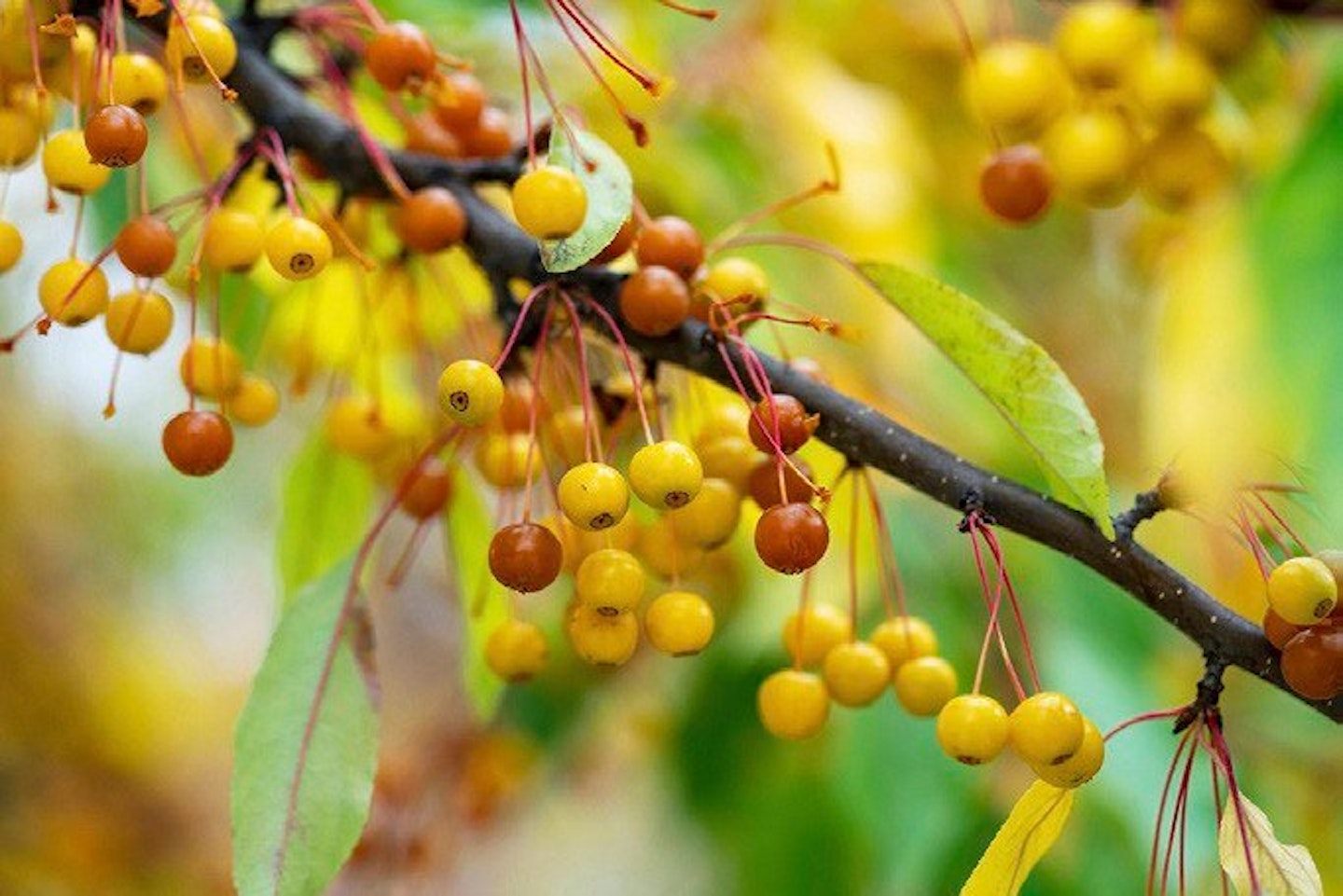
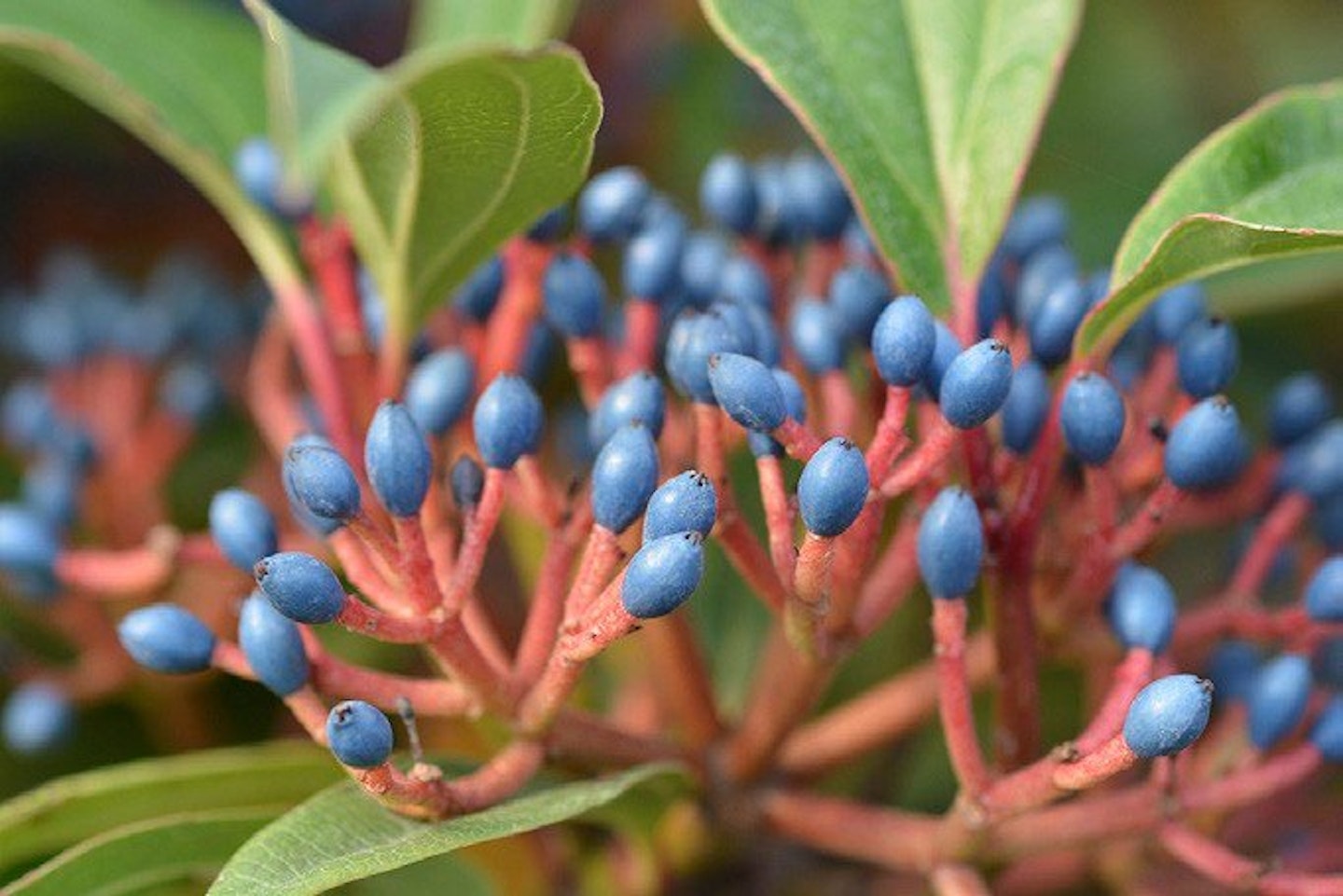
Colourful berries are natural baubles for the festive season
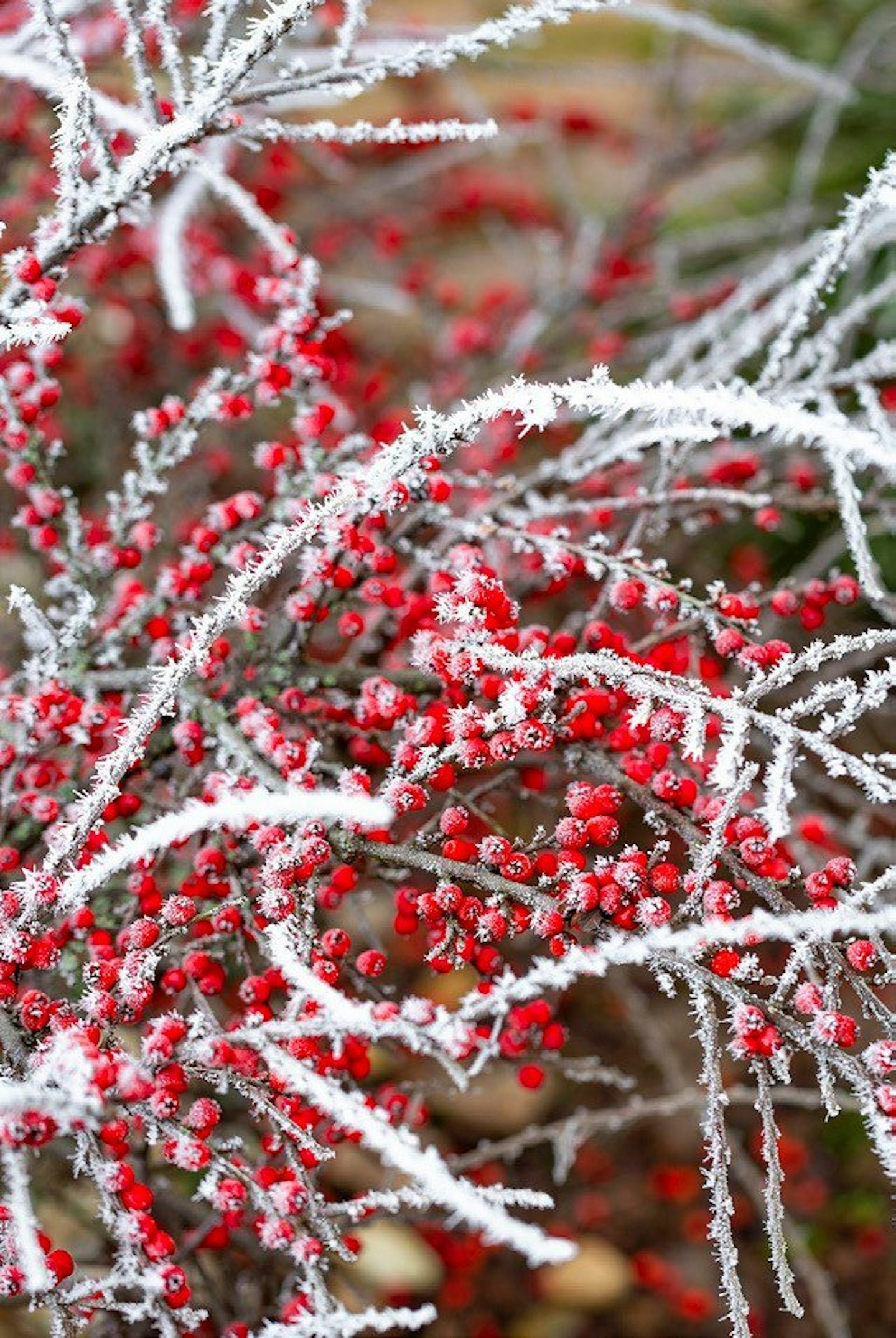
Pots with impact
Moveable and versatile, containers are stars in smaller gardens, especially in winter. For a quick fix, bring the best-looking plants to the fore and put the less spectacular ones in an unobtrusive corner.
A tiered ‘theatre’ looks wonderful; you can buy staging but a few upturned pots can elevate the containers at the back. Plant up some additional tubs of bulbs that flower sequentially to refresh the display as the season progresses, or just buy a few pots of ‘Tête-à-tête’ daffodils and primulas for a new and spontaneous hit of colour.
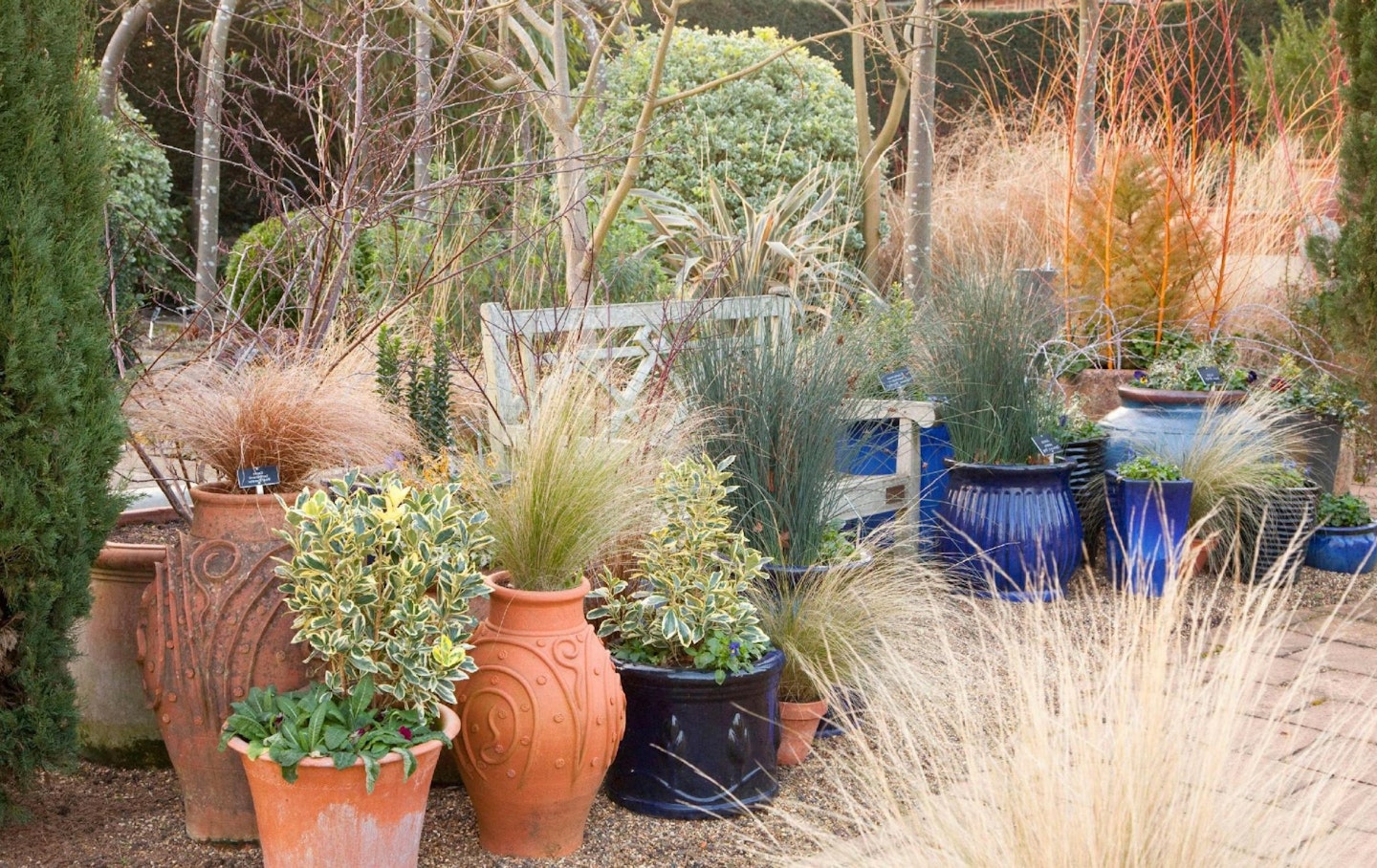
Rearrange containers for winter. Larger pots are best, not just for looks but also because bigger containers are less likely to freeze in cold weather. Fill the planters with interesting plants, adding height and bulk with taller ones such as a hellebore or a small shrub or evergreen such as pittosporum. Soften the effect with foliage that trails over the edge of the pot; small-leaved variegated ivy or ajuga are ideal. Fillers such as grasses, bedding and bulbs extend the interest.
Boost permanent containers for winter by placing smaller pots around the existing plants, or just throw a few bulbs into the top in autumn, cover with compost and let them do their thing.
Scent for early winter

Winter flowers are not usually large, but they are often resilient and pack an olfactory punch which belies their size – a truly essential quality in a cool season, when the compounds that make up the fragrance do not evaporate so easily as in warmer weather.
In a small garden, it is important to ensure that all the plants work for their keep, so pick subjects which have several good qualities, and make them part of the overall scheme. Evergreen sarcococca, for example, is a good all-rounder, providing scent and structure and growing perfectly happily in a fairly shady location or in large pot. Daphne odora ‘Aureomarginata’, meanwhile, has subtle variegated foliage and bears small pink blooms from January onwards.
Deciduous plants are also useful, if a little more sparse, and Chimonanthus praecox and bomb-proof Viburnum bodnantense ‘Dawn’ can be trained as a small tree in the border or used as part of an ornamental hedge. And while Lonicera fragrantissima may be a bit scruffy, it responds well to pruning – and all is forgiven when it produces its flowers and all the bees arrive at once.
In a sunny spot, evergreen herbs such as rosemary and lavender can be clipped into a loose hedge or grown in containers near the front door, releasing their scented oils as people brush by.
Stems with style

Coloured stems are one of the more unexpected and dramatic features of a winter garden, and in a sunny spot the twiggy plants such as Cornus alba ‘Sibirica’ and Cornus sanguinea ‘Anny’s Winter Orange’ can really pop, particularly when planted en-masse. While block planting of potentially substantial shrubs in a smaller space can be impractical, the solution to this is hard pruning. This also stimulates growth of new wood, which has the best colour.
Once dogwoods are established, their size can be controlled by coppicing them – cutting back hard to ground level every year or two. With their yellow, orange or green bark, willows can similarly be managed, either by coppicing or by allowing a trunk to grow and pollarding new growth. Planting a single specimen next to a fence or wall painted in a contrasting colour is another way of adding to the impact of it all.
Acers are another set of plants with good stem colour, and with fine form and several seasons of leaf interest they are excellent year-round performers. Try Acer palmatum ‘Sango-kaku’ or ‘Orange Dream’ or snake bark maples such as A. davidii or A. capillipes for colour that is slow-growing and also relatively low maintenance.

Callicarpa bodinieri
Fun and rather fabulous, the beautyberry produces dense clusters of purple beads in winter. To get the best display, water the plant in dry summers to make sure the fruit sets.
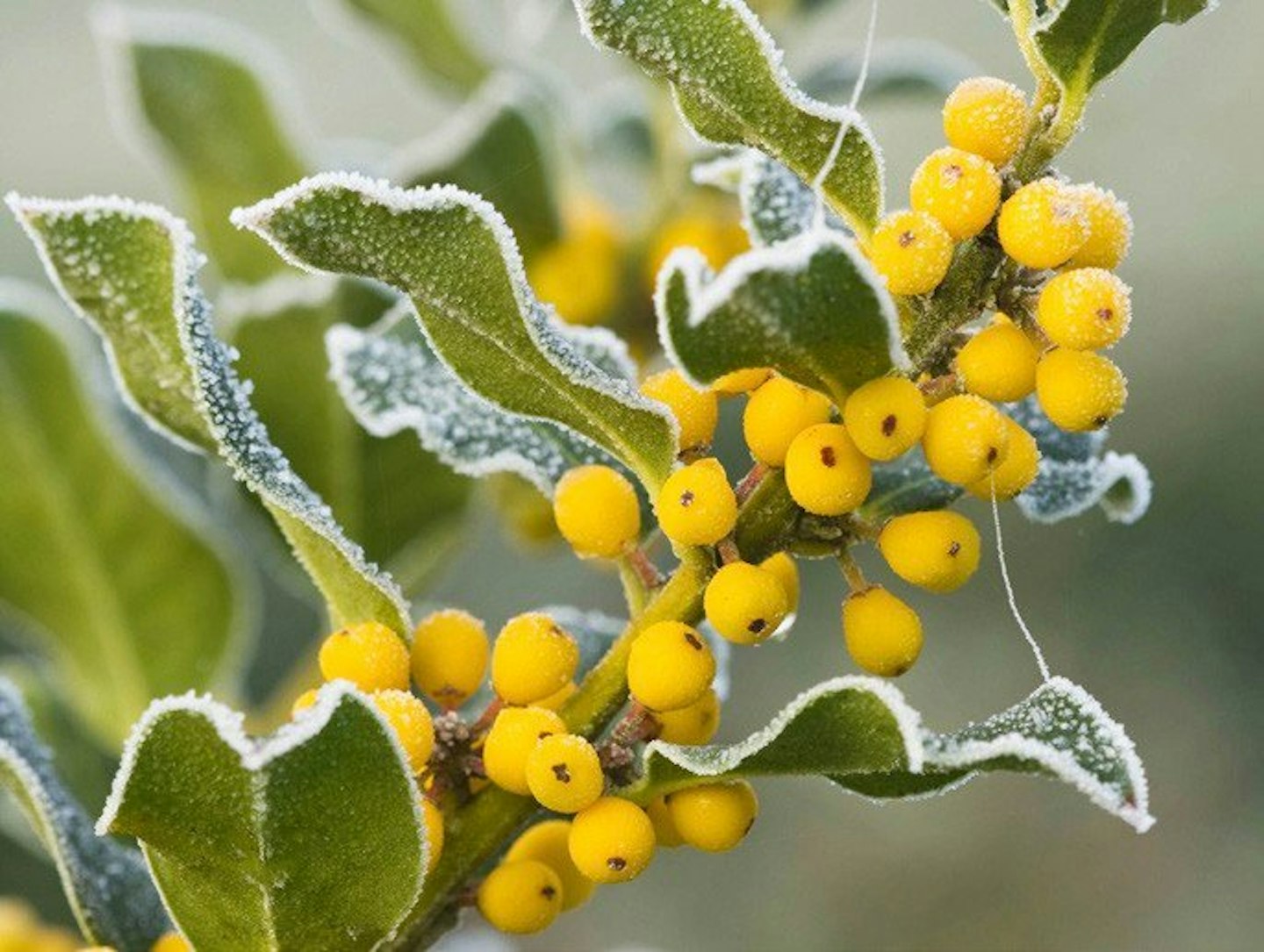
Ilex aquifolium ‘Bacciflava’
Holly is usually thought of as having green leaves and red berries, but variegated forms exist as well, and this yellow-berried cultivar is a bold and interesting alternative to the traditional look.
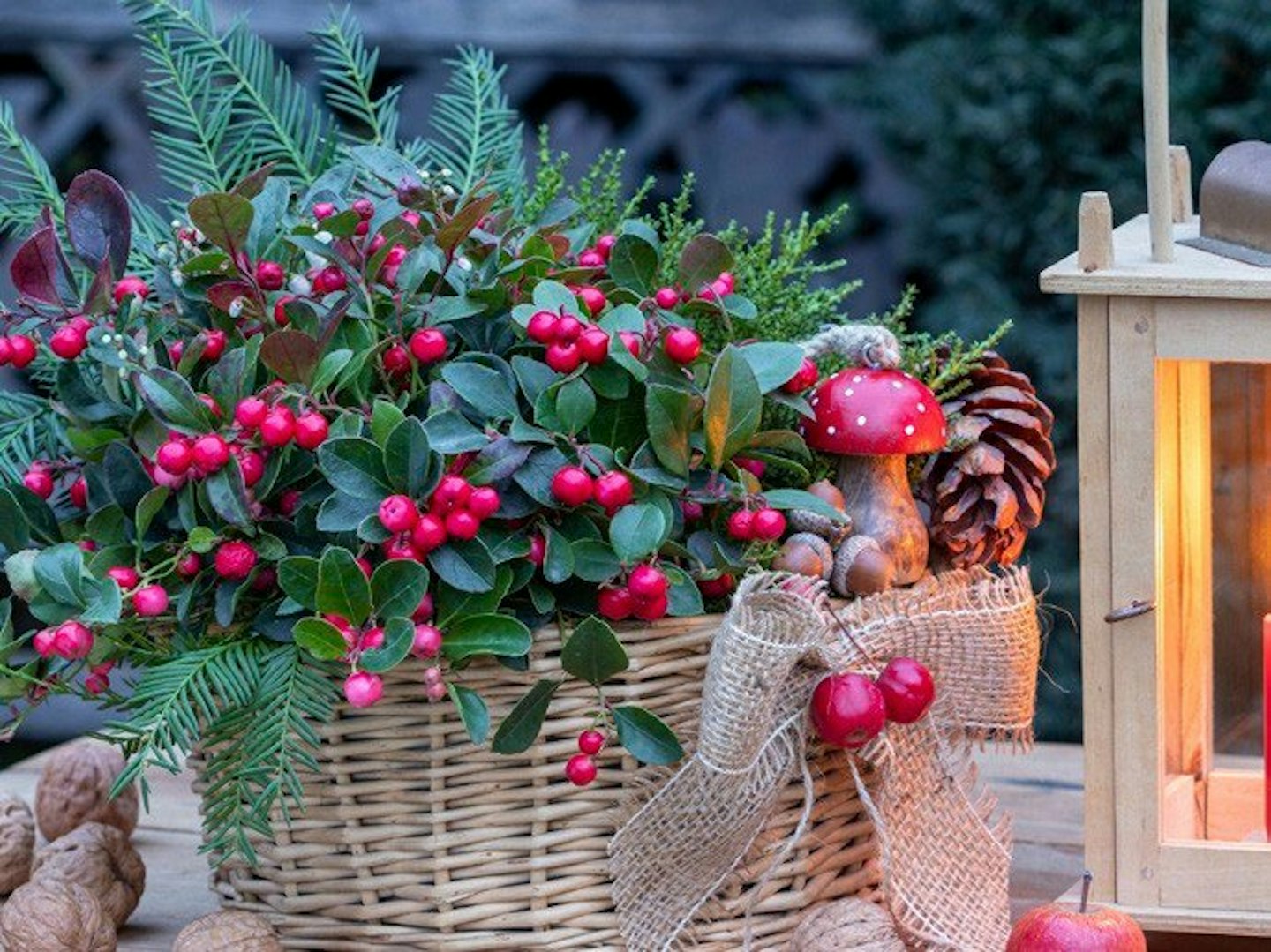
Gaultheria procumbens
Native to North America, this evergreen plant produces liberal quantities of bright red berries in winter. It prefers moist but well-drained soil and is fairly tolerant of sun or partial shade.✿

